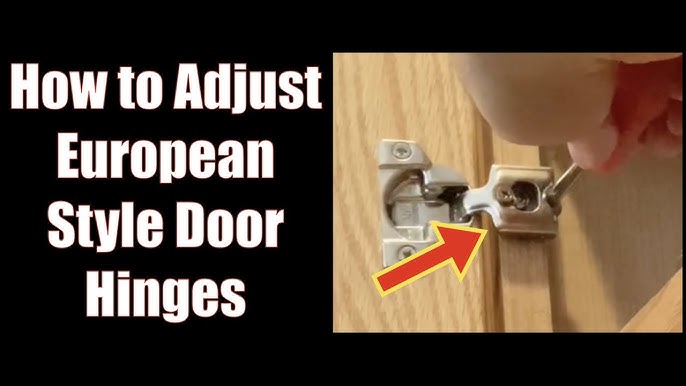


Adjusting European cabinet hinges, often referred to as concealed or “cup” hinges, is a simple process but requires attention to detail to ensure your cabinet doors are properly aligned and function smoothly. European hinges have three main adjustments: side-to-side, up-and-down, and in-and-out. Here’s a step-by-step guide to adjusting them:
Before making any adjustments, it’s helpful to know the components:
Most European hinges have two or three screws for different adjustments:
If your cabinet doors are misaligned horizontally (either too close together or too far apart), you need to adjust the side-to-side screw.
Tip: Make small adjustments and check the door alignment frequently to avoid over-correcting.
If the door is sticking out too much or is recessed too far into the cabinet, you’ll need to adjust the in-and-out screw. This adjusts the depth of the door relative to the cabinet frame.
Tip: Adjust the depth so that the door sits flush with the cabinet frame or adjacent doors.
If your cabinet doors are not level at the top or bottom, you need to adjust the height. This adjustment is usually made on the mounting plate rather than the hinge arm.
Tip: It helps to adjust both hinges on the door for a balanced height adjustment.
After making your adjustments, open and close the cabinet door several times to ensure it’s properly aligned and functions smoothly. Check for:
Adjusting European cabinet hinges is a straightforward process that can quickly correct misaligned or uneven cabinet doors. With just a screwdriver and a few minutes, you can achieve perfect alignment, ensuring that your cabinets open and close smoothly while looking their best.
This guide provides a simple and effective approach for anyone looking to adjust European-style hinges on their cabinet doors.


Join our professionals program for exclusive discounts on all purchases. Become a Pro Member